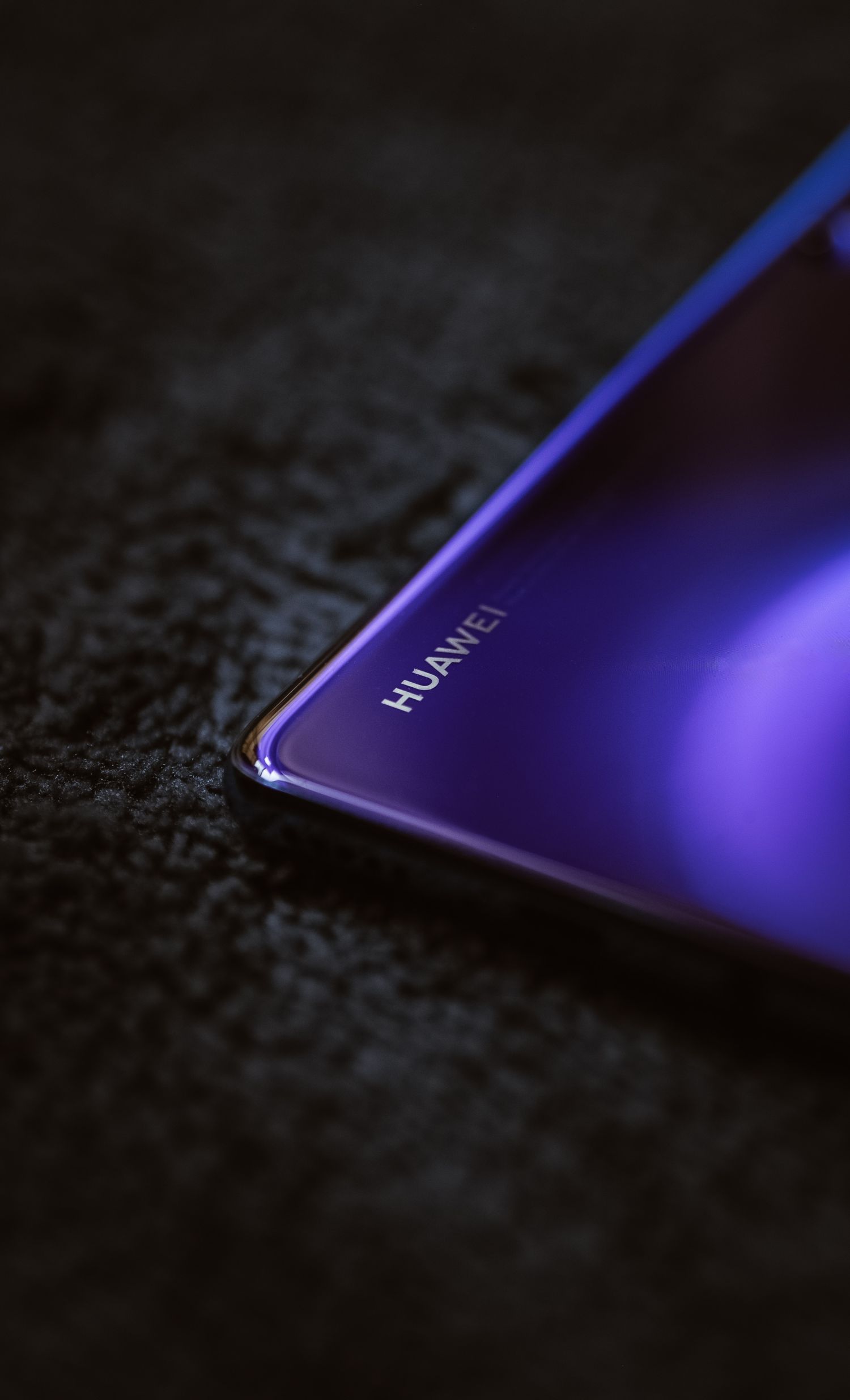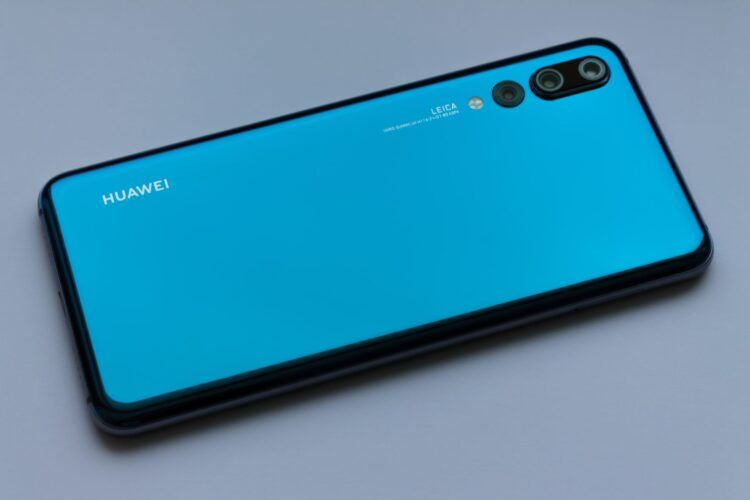According to recent reports, Huawei phones have been flagging this particular app as the “Google trojan” and sending users notifications about possible outcomes and dangers. Here is what you need to know!
Reports have surfaced among Huawei phone users, signaling a puzzling problem—their devices marking the Google app as a potential virus. This unexpected warning emerged from Huawei’s built-in Optimizer app, causing widespread concern across various Huawei and Honor models, regardless of the phone type or Android version.
The Optimizer app, designed to spot and eliminate potential threats, flagged the Google app as a Google trojan, particularly labeling it as the TrojanSMS-PA variant. This type of malware covertly sends premium-rate SMS messages, potentially leading to financial losses for affected users.
The labeling of the “Google Trojan” by Huawei devices stirred worry among users, casting doubts on the app’s safety and usability. This unexpected development left users seeking clarification and remedies.

What is the reason behind Huawei flagging the “Google trojan” app?
The reason for Huawei’s classification of the Google app as a virus is unknown. It’s possible that a clash between the two apps generated confusion within the Optimizer app. The Google app is a sophisticated system comprised of numerous components. It’s possible that the Optimizer software misinterpreted one of these components, resulting in a false positive alert.
Actions Taken by Huawei and Google to Address the Issue:
Both Huawei and Google were first slow to respond to the critical issue. While Huawei users await an official explanation, there is optimism that the smartphone manufacturer will provide an update to the Huawei Optimizer software to correct the Google app misidentification.
Huawei phone users are encouraged to update the Optimizer app to the newest version to ensure device security and address this vulnerability. They may check for updates quickly by searching for “Optimizer” in the AppGallery.
Users should also ensure they are using the most recent version of the Google app by checking for updates in the Google Play Store under “Google.”

Reflecting on Huawei’s relationship with Google and the Current Scenario:
This occurrence harks back to Huawei’s complex history, including its severed ties with Google and the ban imposed by the US government in 2019. Concerns mainly revolved around the potential misuse of Huawei’s equipment by the Chinese government for espionage, ultimately leading to Huawei’s inclusion in the Entity List.
This ban significantly affected Huawei’s operations, especially its smartphone division, limiting access to crucial US technologies and components essential for innovation and production.
While it’s tempting to suspect ulterior motives, considering the contentious past between the companies, the mislabeling of the Google trojan likely isn’t intentional. Yet, in the ever-evolving tech sphere, a touch of drama often garners attention.
This unforeseen hiccup between Huawei and Google underscores the complexities and occasional glitches in tech interactions, stressing the need for prompt responses and collaborative efforts for swift issue resolution. As users await a fix, it serves as a reminder that even the most robust systems can face unexpected challenges.
Featured image credit: Kamil Kot/Unsplash





